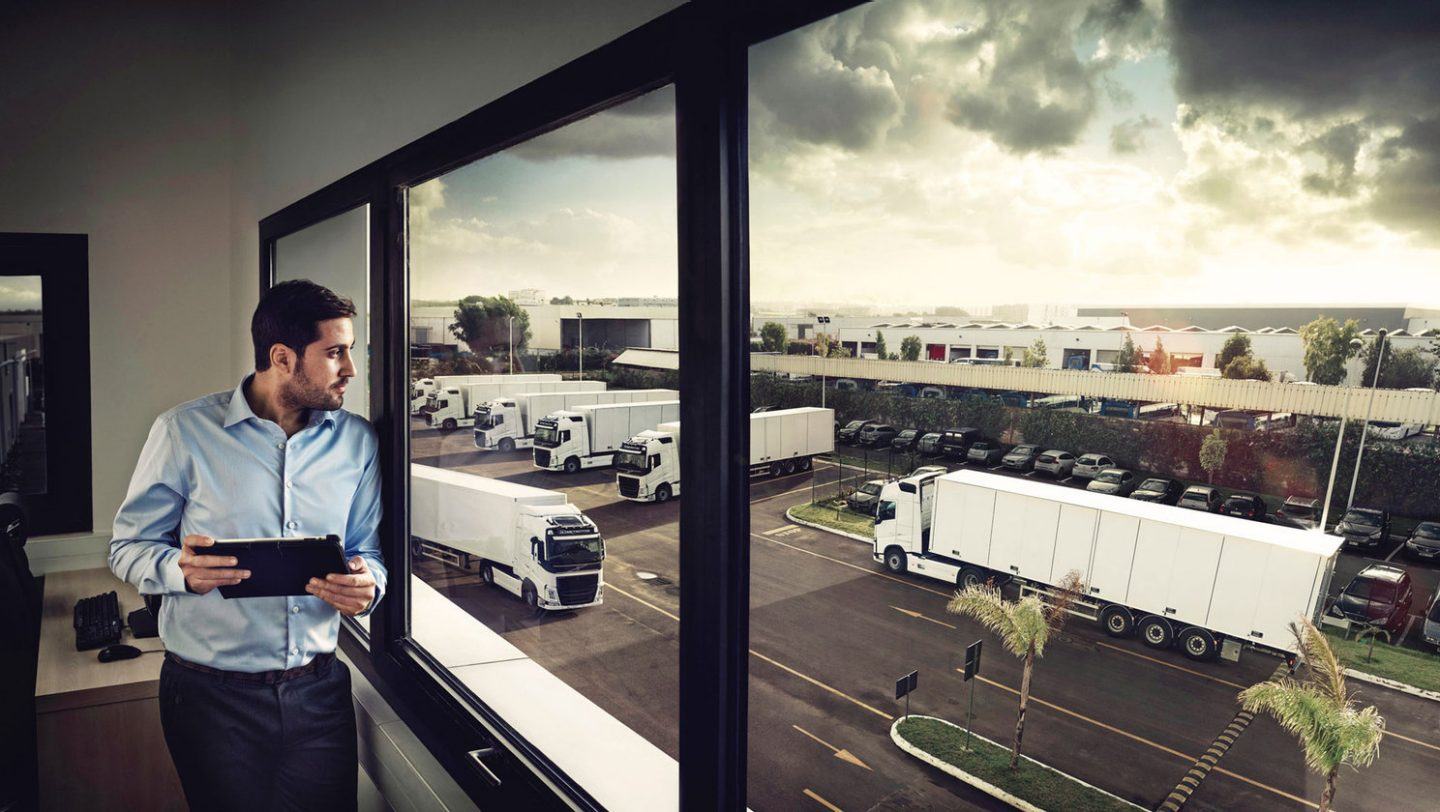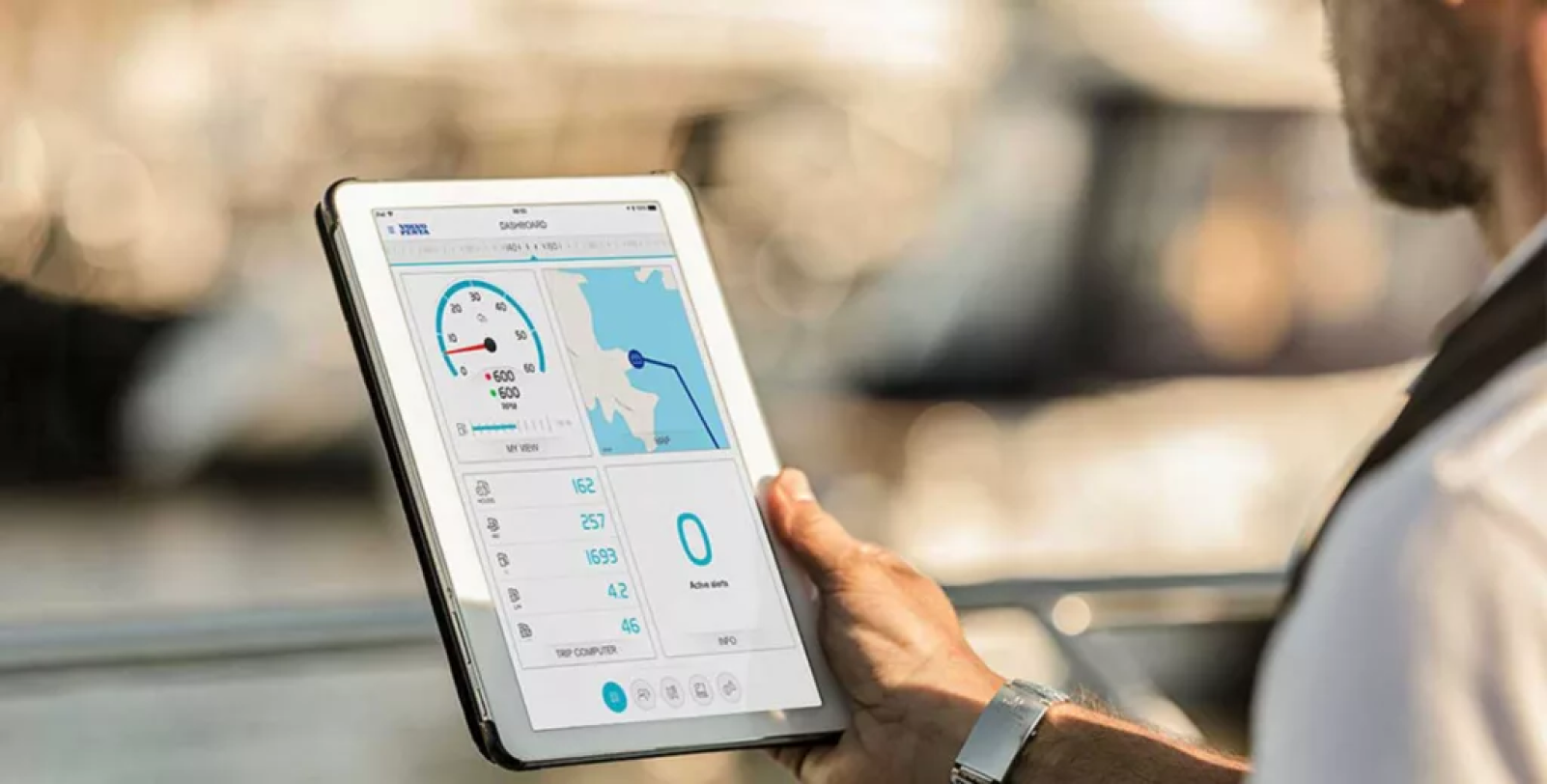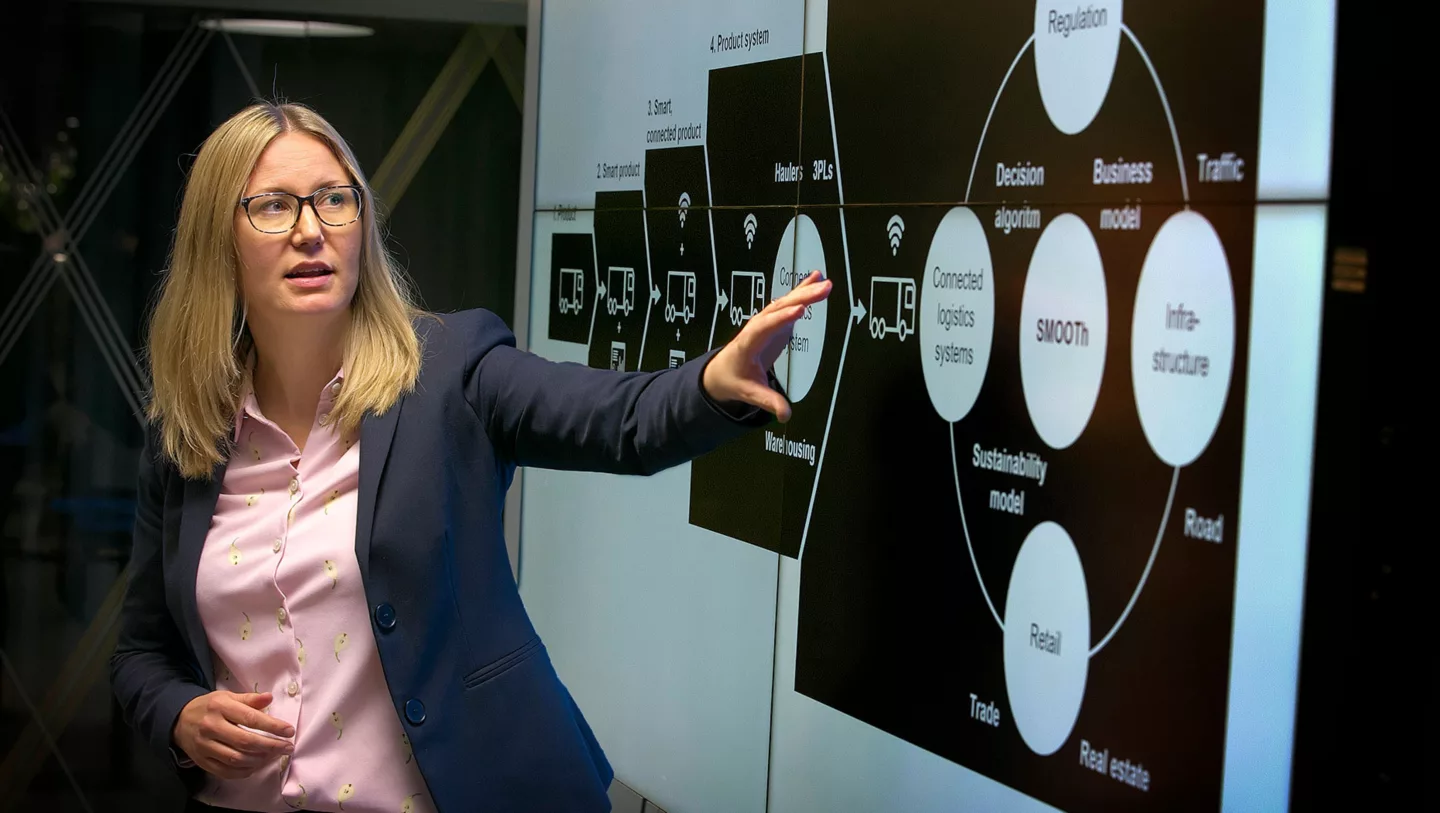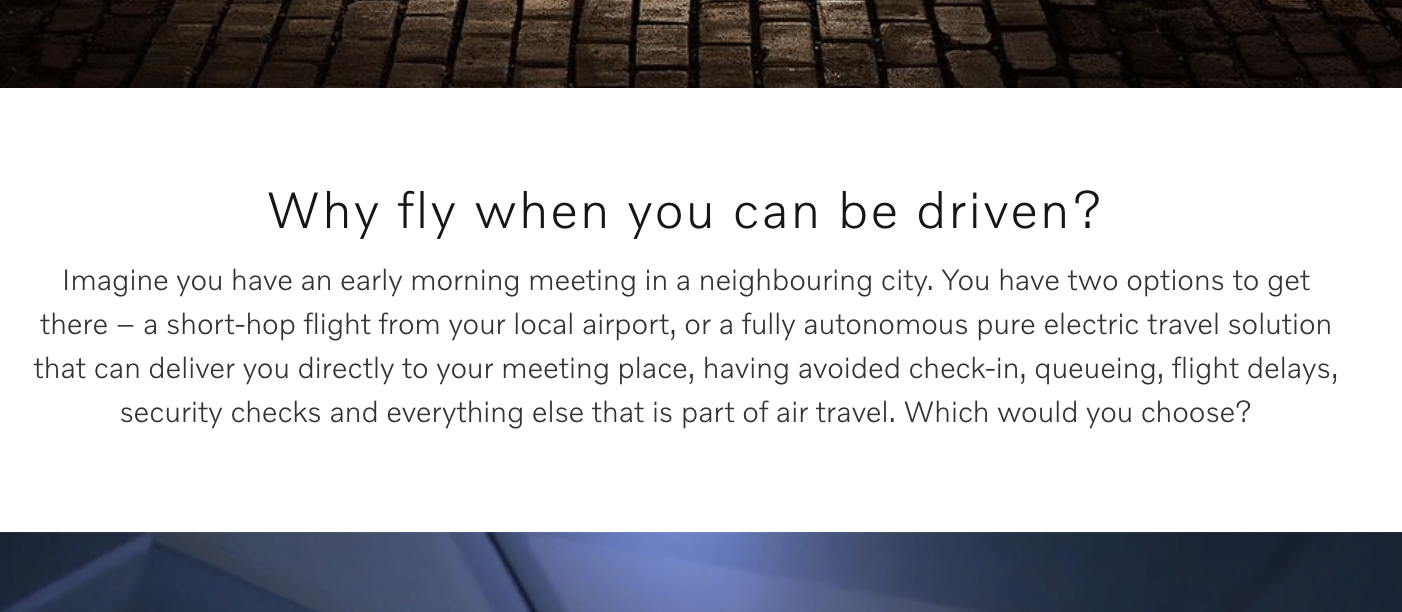Key takeaways
Like most industries (e.g. banking, retail, healthcare), the transport and mobility sector has undergone a period of rapid transformation in recent years. Bolstered by disruptive factors like new tech, customer demands and environmental regulations, many enterprises are shifting their innovation efforts to high-gear with dedicated corporate incubators - like Volvo’s Connected Solutions Innovation Lab.
Of course, Volvo Group isn’t the only company taking this approach, here are just a few other examples:
- Volkswagen has Automotive Innovation Lab (VAIL)
- Ford has Ford X
- Hyundai is building its Innovation Centre in Singapore
- Toyota has Toyota Research Institute
Innovation units like the ones above enable companies to effectively leverage their corporate assets, identify new market opportunities fast and create low-risk revenue streams. In addition, the approach can be tailored to suit each company’s unique needs, with different focus areas, growth targets and strategies. Is it any wonder they’ve become so ubiquitous?
Although each company has its own set of goals and priorities, there are a few key challenges that most players in the automotive industry are looking to tackle. These include:
- Developing cutting-edge offerings (e.g. autonomous vehicles, shared mobility).
- Identifying new technologies that deliver a competitive edge.
- Making products, services and operations sustainable and environment-friendly.
- Finding new ways to comply with regulatory requirements.
Let’s take a closer look at how the Connected Solutions Innovation Lab is helping Volvo take on these challenges and build the mobility solutions of the future.
Explore our global list of corporate ventures with over 200 examples you can sort by business model, industry, parent company and more!
About Volvo Group
Headquartered in Gothenburg, Sweden and founded in 1927, Volvo Group is a global automotive company that produces, distributes and sells trucks, buses, engines and construction equipment. They also provide a wide range of financial services for the truck, construction equipment, bus, and marine industries.
With a 2020 revenue of about $40 B, some of the company’s most known subsidiary brands include Volvo Penta, Terex Trucks, Renault Trucks, Prevost, Nova Bus, Mack and Arquus.
Innovation is a big priority at Volvo; as stated on the company website, part of their goal is:
"To become the most attractive and successful provider of transport and infrastructure solutions in the world".
The company has made significant efforts to achieve that goal, including:

Some of their other innovation initiatives include CampX, MobilityXlab and the Connected Solutions Innovation Lab. Let’s take a look at how this last one works.
Meet Volvo’s Connected Solutions Innovation Lab
Volvo’s Innovation Lab uses a multidisciplinary and collaborative approach to develop promising initiatives from different areas within Volvo Group. Ideas are gathered from various sources, including workshops, employees, the start-up community and customer insights.
As described by Innovation Lab’s Vice President Tommy Hansson Strand:
“Innovation Lab is a place where we identify, explore and validate new ideas and new business opportunities, driven by trends in society. We work closely together with the truck divisions and business areas in Volvo Group, as well as partners, customers and start-ups. It’s a place with a lot of energy, where we have fun and accelerate the ideas all the way to the market.”
Some of Innovation Lab’s focus areas include:
Connected drivers
New digital solutions are being developed to help improve the health and safety of logistic chain employees, including drivers, operators, and workshop technicians. These new solutions are meant to increase productivity, enable companies to deal with staff shortages and enable employees to stay connected to their friends and family.
Shared mobility
As traditional car ownership models become replaced by digital and asset-light service models, the need for convenient and efficient fleets will increase in busy urban areas. Innovation Lab is working on different data and connectivity-based solutions to meet those needs.
Integrated logistics solutions
With more people than ever shopping online, the need for fast, cost-effective and reliable deliveries has increased. Using a combination of AI, advanced analytics and improved connectivity, Innovation Lab is coming up with new ways to improve the logistics process and reduce costs.
Electromobility
Companies are increasingly making the switch to electric vehicles to:
- Reduce their carbon emissions
- Decrease their ownership costs
- Take advantage of new opportunities (e.g. charging infrastructure, second-life batteries)
Innovation Lab is developing its capabilities in these areas.

How Volvo’s Innovation Lab works.
Volvo’s Innovation Lab uses a three-part framework to develop its ventures:
Discover
This part of the framework involves ideating, identifying and defining promising new ideas and concepts. The process is collaborative, drawing ideas from different areas within Volvo Group, customer insights, industry trends, internal expertise and emerging digital technologies.
Incubate
This part of the framework involves designing and validating new ideas and concepts. It includes everything from conceptualisation, to prototyping, to the pilot phase of the venture. Validation also takes place during this part of the process, providing insights on whether or not the venture is viable and has a place in the market.
Accelerate
The acceleration part of the framework involves building and scaling the venture. Continuous validation is a big part of this phase, providing data on whether or not the venture is valuable and scalable.

What makes Volvo’s Innovation Lab successful?
These are just a few of the factors that make Volvo’s Innovation Lab a success:
A collaborative and open approach
Increased capabilities in areas like connectivity, automation and tech facilitate the ability for partners to combine their skills, know-how and assets to create ever-greater offerings. Volvo’s Innovation Lab takes an ecosystem approach to innovation, combining the best from its external partners and from within to build state-of-the-art products and services.
As explained on the company website:
“We’re facing societal changes that are becoming increasingly complex, and the pace at which we must deliver is accelerating. The complexity stimulates the need for cooperation to arrive at sustainable solutions for the future.”
Past collaboration partners include Daimler Truck AG, NVIDIA and Samsung AG.
Corporate assets
Over 90 years of industry experience, a global customer base and some of the most experienced minds in the business; already represent some pretty powerful corporate assets. When you add that up with Volvo’s partnerships, brand presence, infrastructure, funding capabilities and commitment to open innovation, the potential is endless.
A commitment to speed
A big part of successful innovation is getting your products and services out before the competition. That means there’s little time to waste in the development phase. Volvo Innovation Lab uses agile methods like design sprints, early validation, rapid prototyping and in-market experimentation to get validated business prototypes out in a matter of weeks.
A strong innovation framework
Having a well-defined innovation framework that moves smoothly through the discovery, incubation and acceleration stages of a venture, facilitates the innovation process. That combined with a rich source of corporate assets and the right partnerships is a recipe for success.

What’s next for Volvo Innovation Lab?
One of Volvo Innovation Lab’s most recent projects, the Volvo 360c autonomous car, was featured earlier this year in Fast Company. The website is positioning the new offering as a convenient, sustainable and safe alternative to flying.

Public transport is another area of interest for Volvo’s Innovation Lab. Director of Innovation and Foresight, Hans Lind, described some of the plans to transform this area in the next five to ten years:
“As a passenger, you travel seamlessly, all the way from point A to point B under the concept of mobility as a service. Multimodal and on-demand are key, and a trip can include a bus, tram, ferry, electric scooter, taxi or public bike – all depending on what your needs are.”
There are some exciting plans for the future, encompassing the development of new connected services to help save fuel, increase passenger safety and make public transport more time-efficient. Stay tuned for updates in future posts!
___
Corporate incubation is a highly effective way to future proof your company and build new revenue streams. We can help you build a corporate venturing arm that fuels innovation and delivers a steady pipeline of profitable new ventures.
60 Corporate Incubators Shaping Our Future
Discover how top corporations use incubators to drive innovation and unlock new revenue streams.








